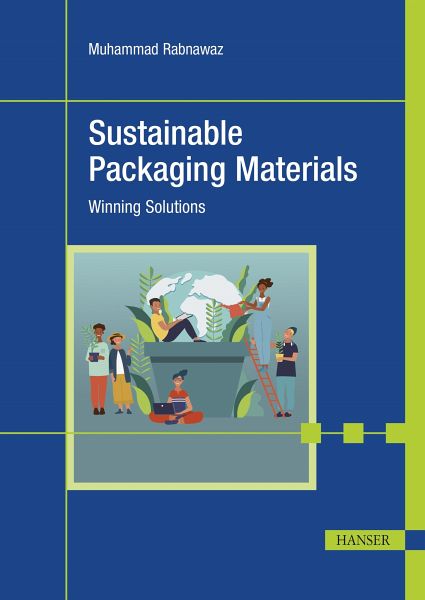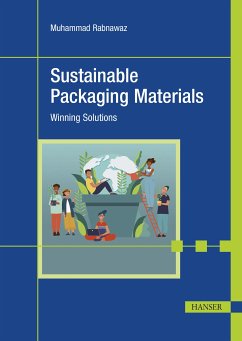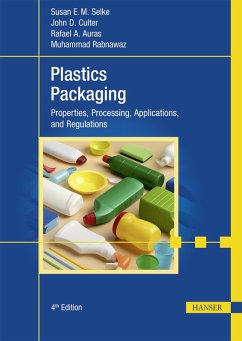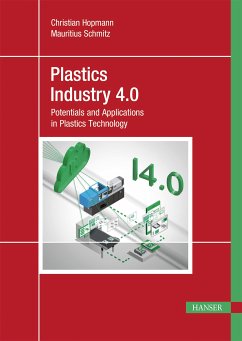
Sustainable Packaging Materials (eBook, ePUB)
Winning Solutions
Versandkostenfrei!
Sofort per Download lieferbar
60,95 €
inkl. MwSt.
Weitere Ausgaben:

PAYBACK Punkte
30 °P sammeln!
"Sustainable Packaging Materials" provides a concise introduction to the principles and practices of packaging sustainability. It addresses the important issues that concern packaging professionals, decision makers, managers, CTOs, legislators, researchers, and students, including the viability and future of recycling, bio- and oxo-degradable materials, and plastics alternatives such as paper, glass, and metal. Also covered are new regulations such as the extended producer responsibility (EPR) laws, their consequences as to what materials are likely to be banned, and whether microplastics shou...
"Sustainable Packaging Materials" provides a concise introduction to the principles and practices of packaging sustainability. It addresses the important issues that concern packaging professionals, decision makers, managers, CTOs, legislators, researchers, and students, including the viability and future of recycling, bio- and oxo-degradable materials, and plastics alternatives such as paper, glass, and metal. Also covered are new regulations such as the extended producer responsibility (EPR) laws, their consequences as to what materials are likely to be banned, and whether microplastics should be a concern for packaging companies. Written by an experienced professor, educator, author, inventor, and entrepreneur, this book offers uniquely clear answers to these challenges, helping readers to identify packaging materials that are likely to be phased out to meet new regulations, and to find alternatives to benefit their research and businesses. They will also be equipped to follow guidelines on the use of various packaging materials to stay ahead of the demands of the industry, and to make informed choices about packaging materials by considering sustainability, performance, and cost. Furthermore, they will be informed of the emerging packaging trends in both academia and industry, and understand the issues associated with microplastic pollution, and the actions recommended to mitigate these challenges.
Dieser Download kann aus rechtlichen Gründen nur mit Rechnungsadresse in A, B, BG, CY, CZ, D, DK, EW, E, FIN, F, GR, HR, H, IRL, I, LT, L, LR, M, NL, PL, P, R, S, SLO, SK ausgeliefert werden.













